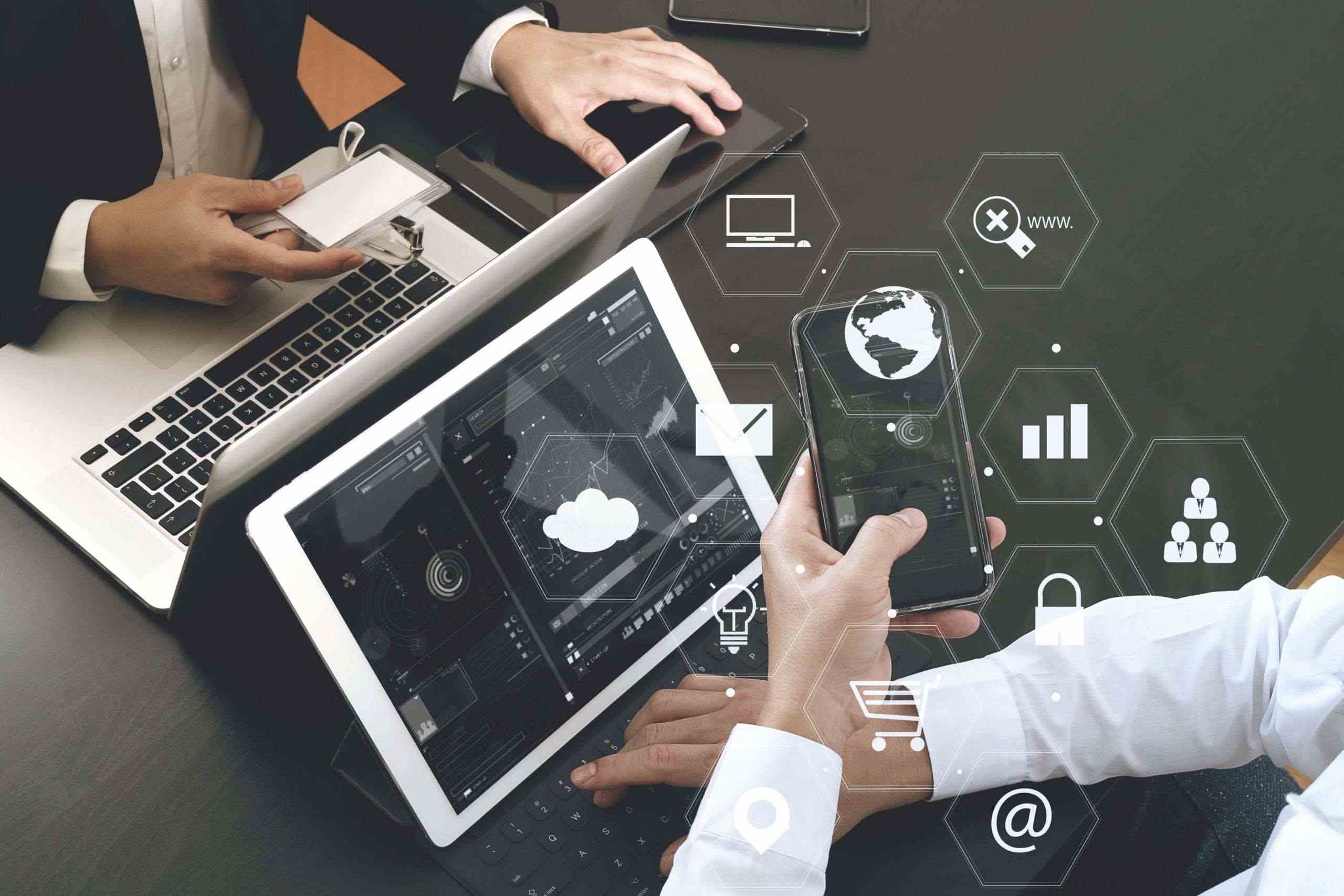5 Considerations for Managing Data in the Internet of Medical Things (IoMT) Era

From Alexa speakers to Apple watches, robotic or ‘smart’ devices connected to the Internet of Things (IoT) are now ubiquitous among consumers. The healthcare market is no exception. The global Internet of Medical Things (IoMT) market is expected to reach over $187 billion by 2028, more than four times its worth in 2020—owing in part to improving technology and the rise in remote care during the COVID-19 pandemic. Examples of IoMT include ingestible cameras and MRI machines used in medical facilities, as well as smart thermometers and connected glucose monitors available to patients at home.The value of IoMT offerings comes from the vast amount of data they capture, which can keep patients informed and give clinicians faster access to critical information. The benefits are evident in improved patient outcomes, reduced wait times, and lower healthcare costs.
Make faster decisions with community advice
- AI Gets Better At Writing Patient Histories When Physicians Engineer The Prompts
- New Study Evaluates Virtual Reality to Reduce Scanxiety in Brain Tumor Patients
- Revolutionizing Healthcare: Harnessing the Power of IoT Solutions for Improved Patient Outcomes
- Carrum Health Raises $45 Million Series B to Expand Cancer Care Offerings and Launch New Service Lines
- Ethical Guardrails Are Essential To Making Generative AI Work For Healthcare
Deploy this technology today
-
nQ Cortex
Matched with Medical Subject Headings (MeSH): Biomedical Technology, Healthcare IT News: Artificial Intelligence
- NLabviva Platform
- Labviva Platform
- AI Dermatologist Platform
- Armis Platform for Healthcare

